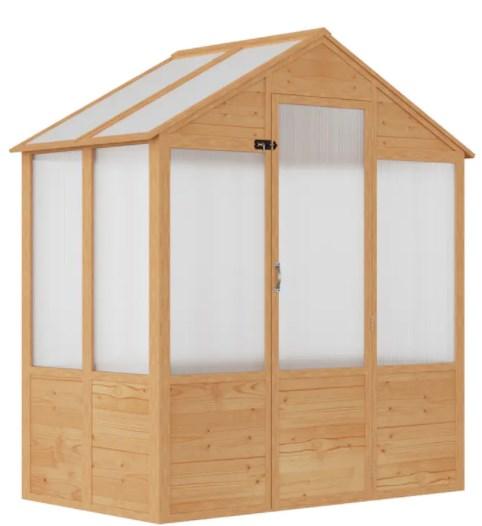When embarking on the design and construction of a custom wooden greenhouse, numerous factors must be taken into account to ensure the structure is not only aesthetically pleasing but also functional and sustainable. Among the most critical considerations are the climate conditions and geographical location of the greenhouse, as these elements have a profound impact on the overall design, materials used, and the types of plants that can thrive within the space.
A custom wooden greenhouse is a bespoke structure designed to meet the specific needs of a gardener or farmer. It is crafted to suit the local climate, which can vary greatly from one region to another. For instance, a greenhouse in a temperate climate will require different design elements compared to one in a tropical or arid region. The temperature range, precipitation levels, and seasonal changes all play a role in determining the size, orientation, and materials of the custom wooden greenhouse.
Geographical location also influences the design of a custom wooden greenhouse. The latitude and altitude of the site can affect the amount of sunlight the greenhouse receives, which is crucial for the growth of photosynthetic plants. Additionally, the local soil conditions, wind patterns, and potential for natural disasters such as earthquakes or hurricanes must be considered to ensure the greenhouse's structural integrity.
One of the primary considerations when designing a custom wooden greenhouse with climate and geography in mind is the glazing. Double-glazed panels are often used in colder climates to provide insulation and retain heat, while single-glazing may suffice in warmer regions. The angle and positioning of the glazing are also critical to maximize sunlight exposure and promote photosynthesis.
Ventilation is another key design element that varies with climate and geography. A custom wooden greenhouse in a humid area will require more advanced ventilation systems to prevent the buildup of excess moisture, which can lead to mold and disease in plants. In contrast, a greenhouse in a dry climate may need a humidification system to maintain the necessary moisture levels for plant growth.
The choice of wood for the structure is also influenced by the local environment. Some types of wood are more resistant to rot and decay, making them ideal for regions with high rainfall or humidity. Additionally, the use of locally sourced wood can reduce the carbon footprint of the greenhouse and support the local economy.
Another important aspect of designing a custom wooden greenhouse is the consideration of the microclimate within the structure. Different plants may require different temperature and humidity levels, so the greenhouse may need to be divided into zones, each with its climate control system. This allows the gardener to create a unique environment tailored to the needs of each plant species.
The orientation of the custom wooden greenhouse on the property is also crucial. A south-facing greenhouse in the Northern Hemisphere will receive the most sunlight, which is ideal for warm-loving plants. Conversely, an east-west orientation can help to distribute sunlight more evenly throughout the day.
In conclusion, the design of a custom wooden greenhouse is a complex process that requires a deep understanding of the local climate and geographical conditions. By carefully considering these factors, a gardener or designer can create a structure that not only provides an optimal environment for plant growth but also stands the test of time in terms of durability and sustainability. The custom wooden greenhouse becomes an extension of the natural environment, carefully crafted to nurture and protect the plants within while harmonizing with the surrounding landscape.

